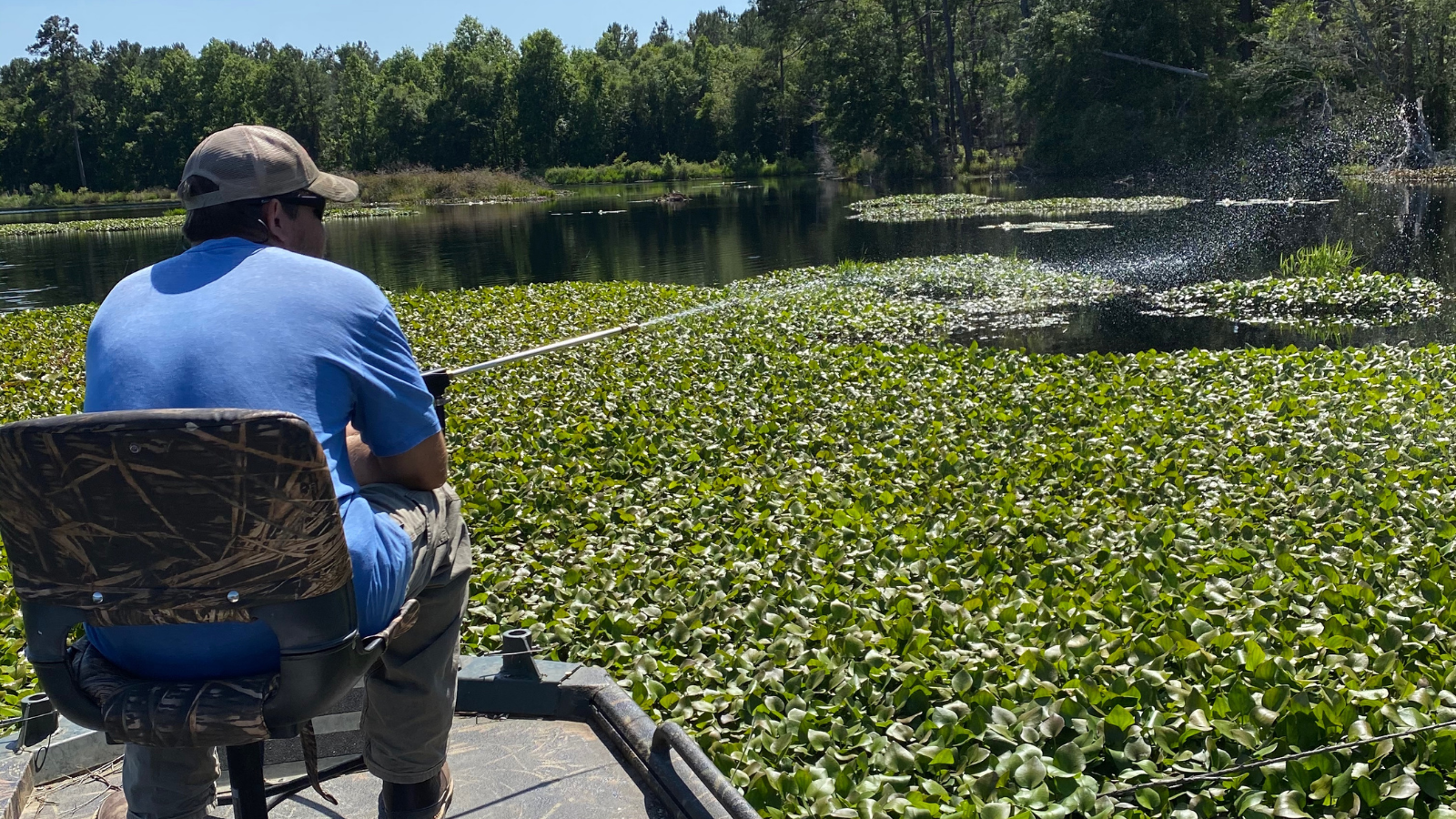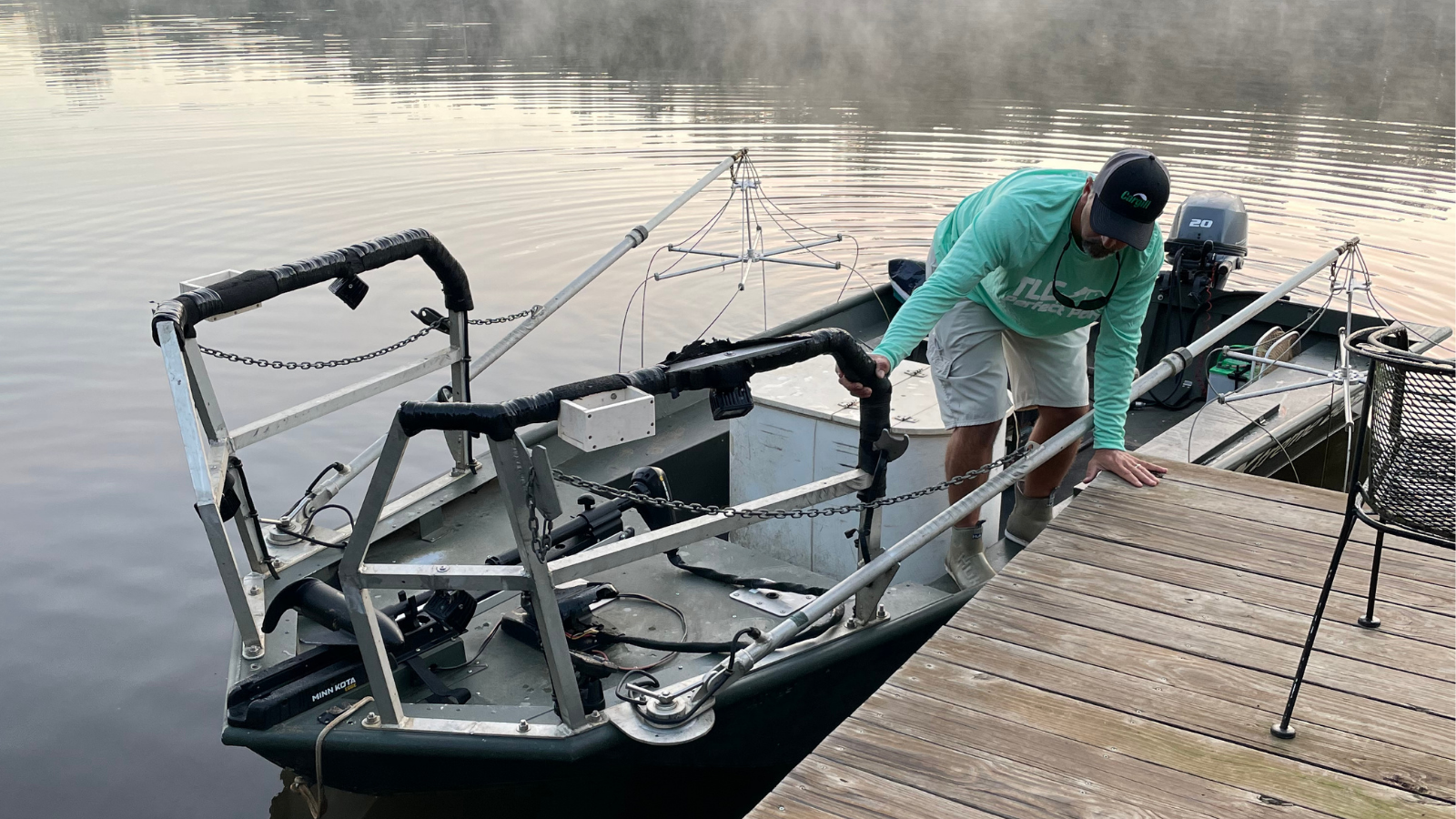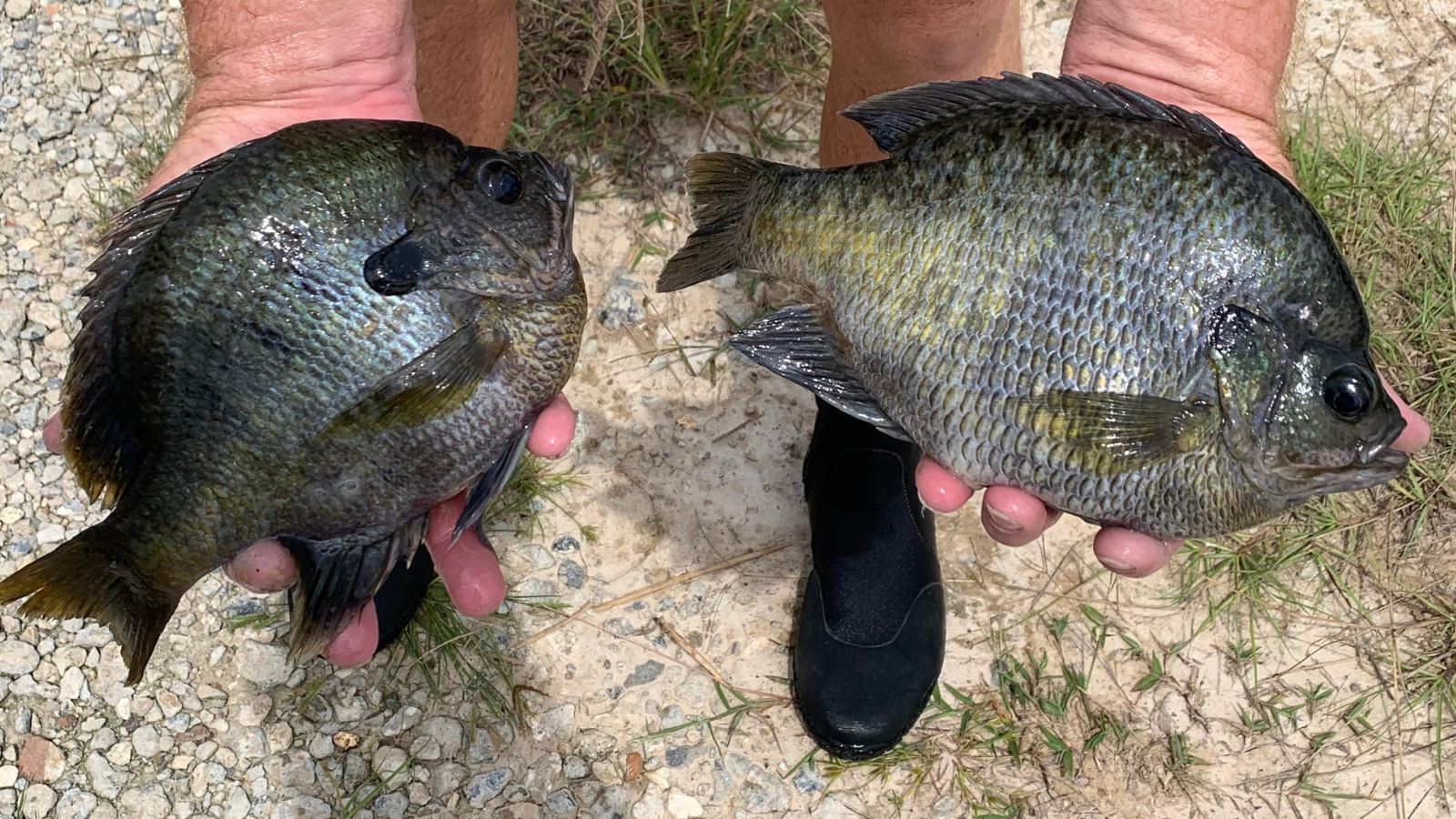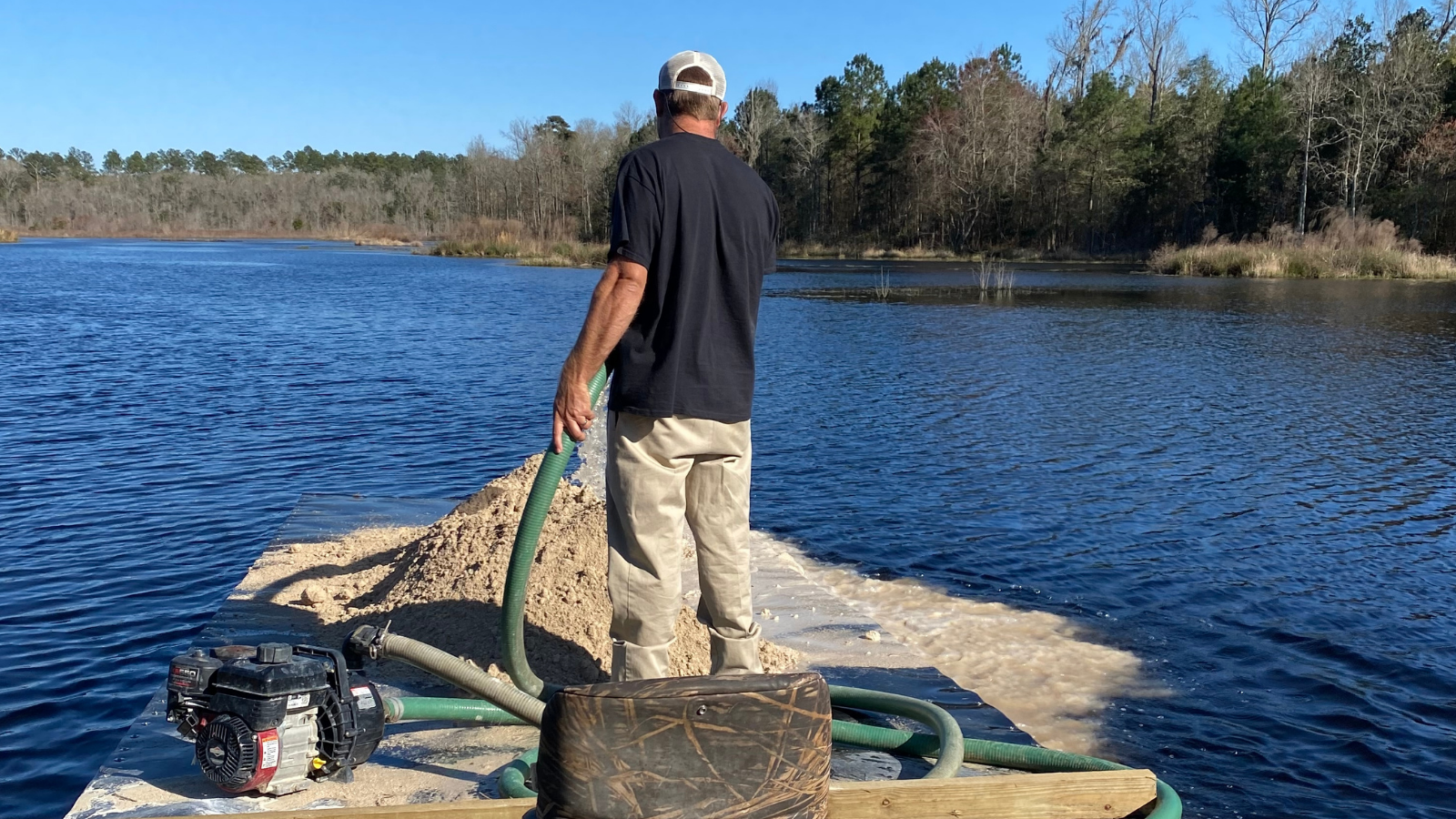Pond Management Services
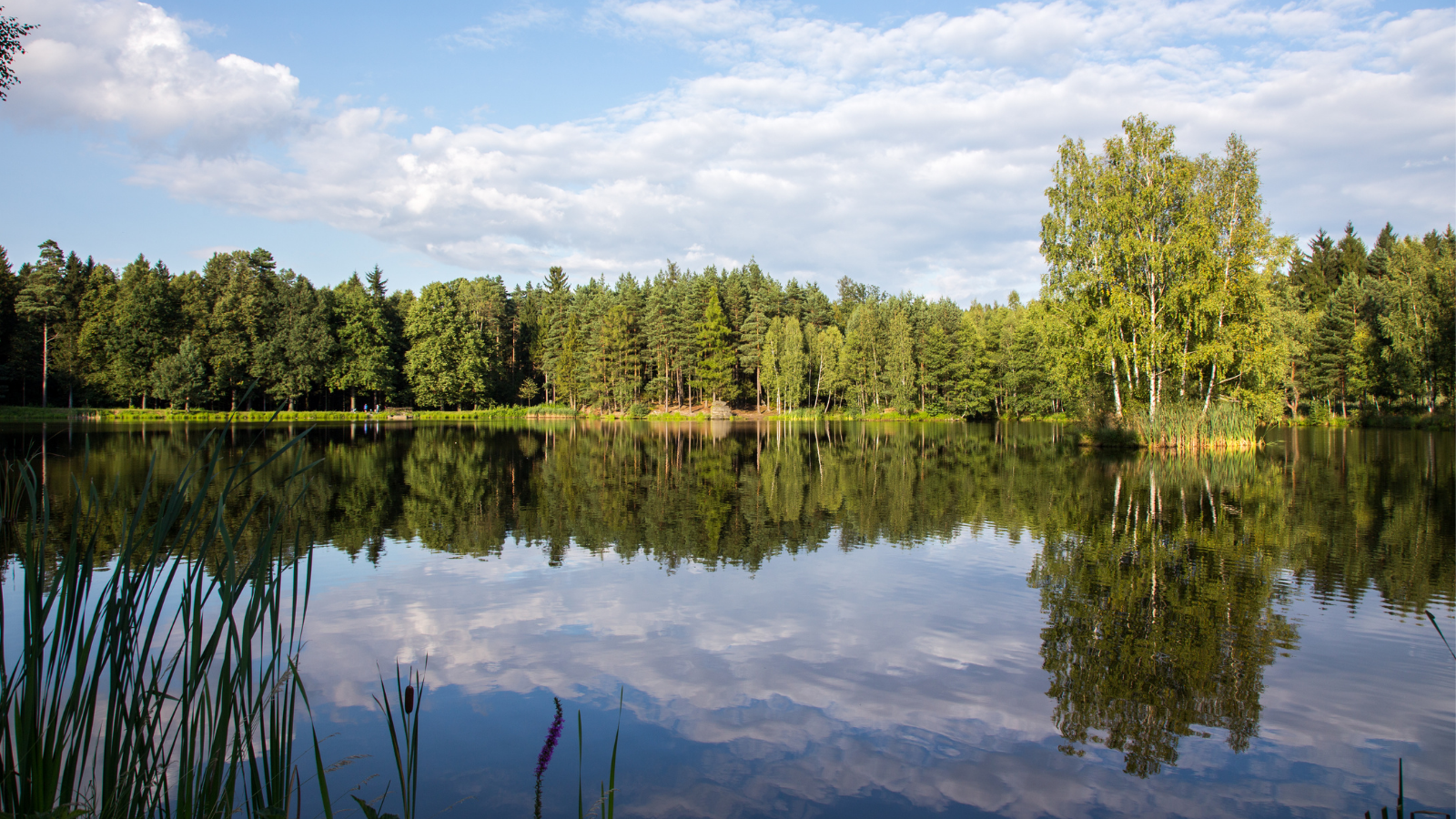
Our biologists at TLC Perfect Pond take a comprehensive approach to pond management. While every pond may not require all the services we offer, we want to ensure that we analyze all aspects of the pond structure and fish dynamics. This allows us to accurately identify the source of any problems you may be having. Many of the issues we see in ponds will require a combination of services or solutions to ensure the best long-term result.
For example, vegetation management usually requires a multi-faceted approach with a couple different services. We start with an initial spraying of the pond to remove any surface or subsurface vegetation. Once the vegetation has been reduced to 10-20% coverage on the entire pond, we may then recommend liming and/or fertilization. The recommendations for liming and/or fertilizing will depend on the results of our initial water quality analysis. The liming and fertilization will help promote and encourage phytoplankton growth in a pond. The phytoplankton not only feed the sunfish populations, but they also can shade the surface of the water and help to prevent subsurface vegetation regrowth after the initial chemical removal.
Another example of this would be fish stocking. We don’t recommend blindly stocking fish without knowing the population dynamics of a pond. If you stock bluegill in a pond without a way to sufficiently keep them fed, you’re not going to have great results. Furthermore, if you stock bass in a pond that doesn’t have sufficient sunfish populations to support those bass, you’re not going to have great results. As such, we always recommend an electrofishing sample prior to any stocking efforts. This will allow us to recommend the appropriate numbers for stocking and ensure that the largemouth bass have plenty of prey to eat.
Vegetation Control
We provide chemical removal of invasive plant species to make your pond fishable and navigable again. We can eliminate a wide range of surface (water lily, duckweed, etc.) and subsurface (bladderwort, coontail moss, etc.) weeds.
Depending on the size of the pond, multiple applications may be required to reduce the vegetation to manageable levels. Ideally, we aim for each pond to have less than 20% vegetation cover, as this makes it easier for top predators to locate prey and also provides more bedding area for sunfish.
Fish Sampling
The primary goal of most pond owners is to have growing, healthy populations of sunfish and largemouth bass. To achieve this, the predator (bass) and prey (sunfish) populations must be in proper balance.
We use electrofishing to sample the fish populations and determine the initial population dynamics. We count and measure the fish to determine the frequency of each size slot of fish. We’ll then use this information to provide recommendations for improving those populations.
Fish Stocking
Based on our initial population survey, we may recommend stocking specific species to balance the population dynamics in the pond. We stock sportfish (sunfish and bass), baitfish (shad and minnows), and more.
Our largemouth bass and sunfish are genetically-superior and are stocked at a larger size so they can immediately make an impact in the pond. These fish have a higher survival rate than stocking small fry, and they’re ready to reproduce.
Fertilization
Water quality and nutrient content is just as important as vegetation control and population management. Adding lime will ensure your pond doesn’t experience severe pH swings during summer days.
Fertilization promotes plankton growth, which helps to shade any invasive aquatic vegetation. A thriving plankton population also provides a solid base to the bottom of the pond food chain, feeding smaller fish and indirectly affecting larger predators at the top of the food chain.

